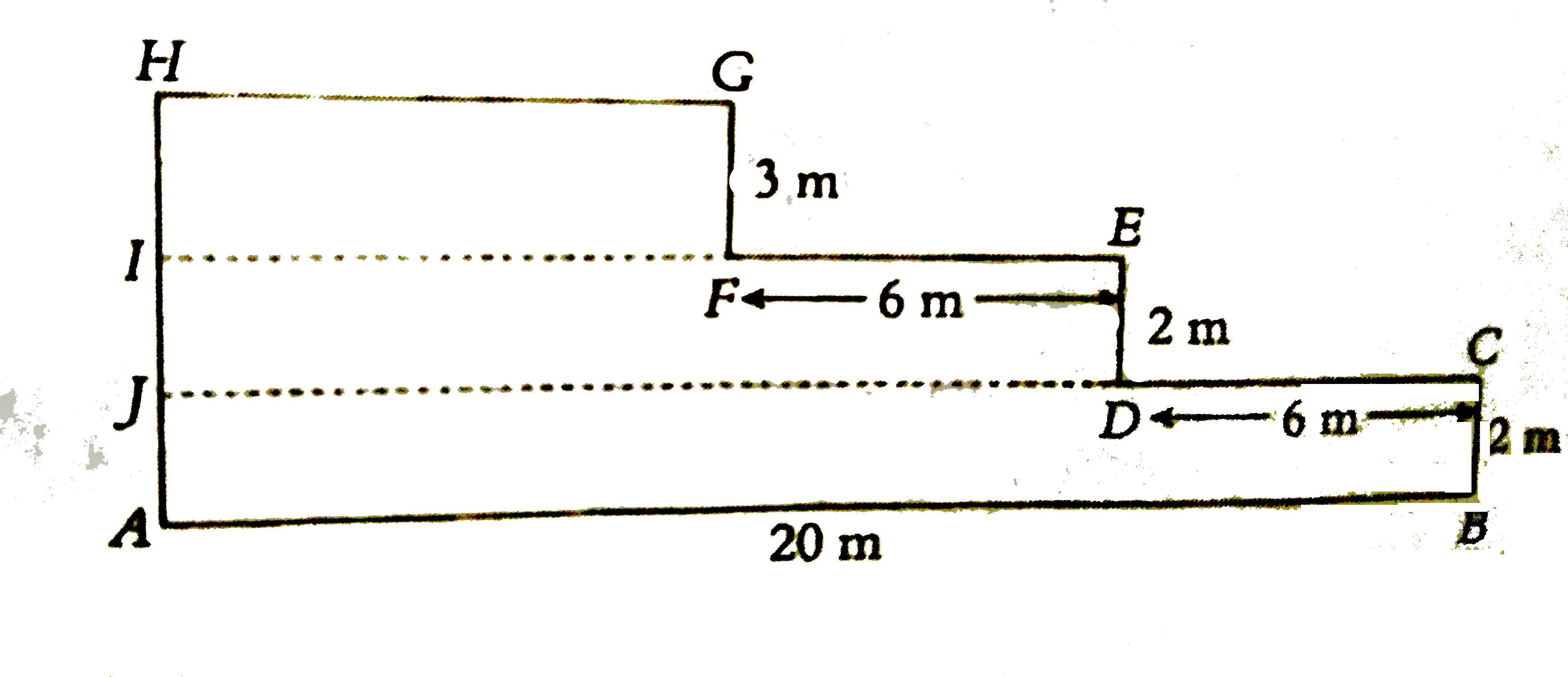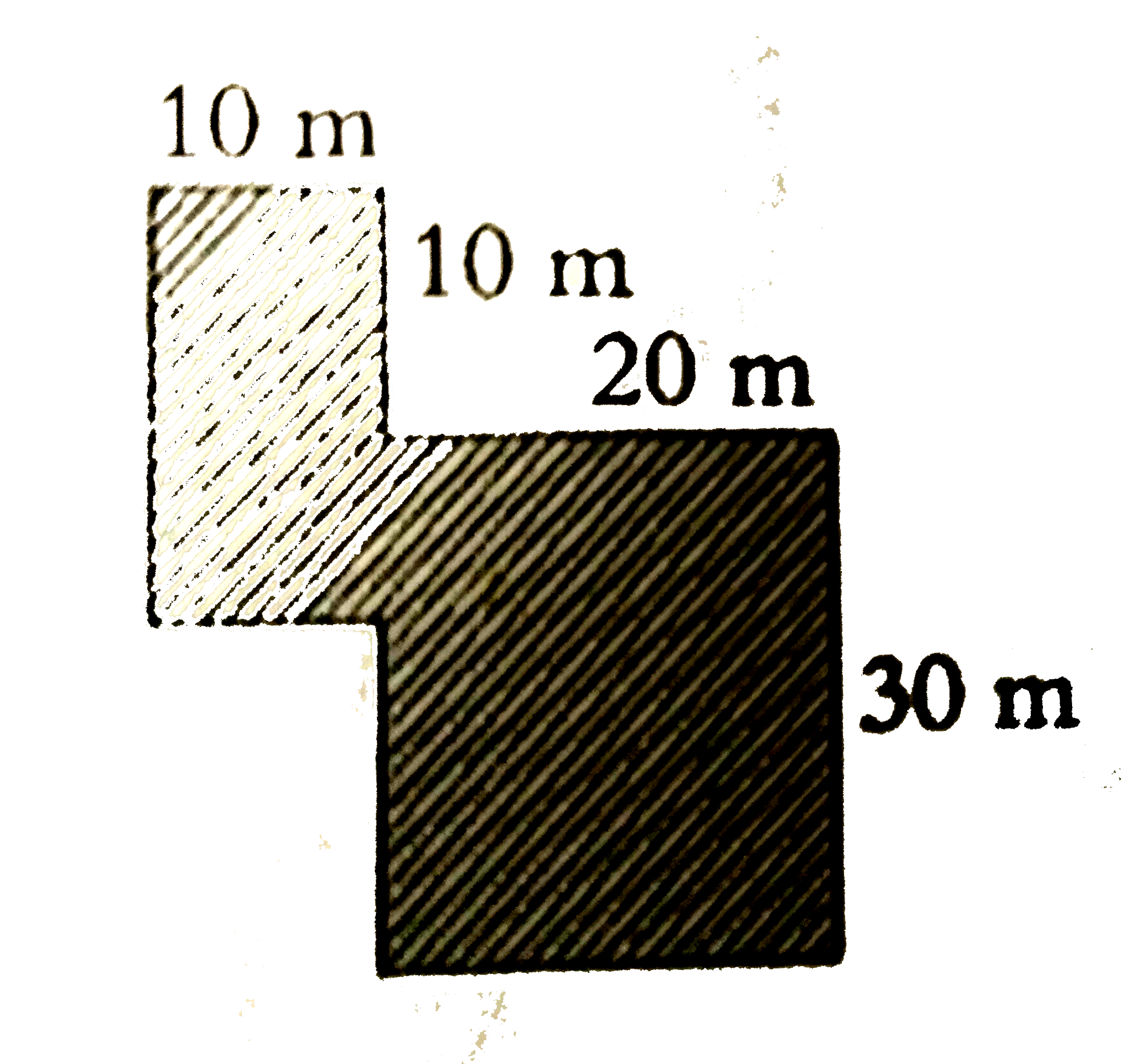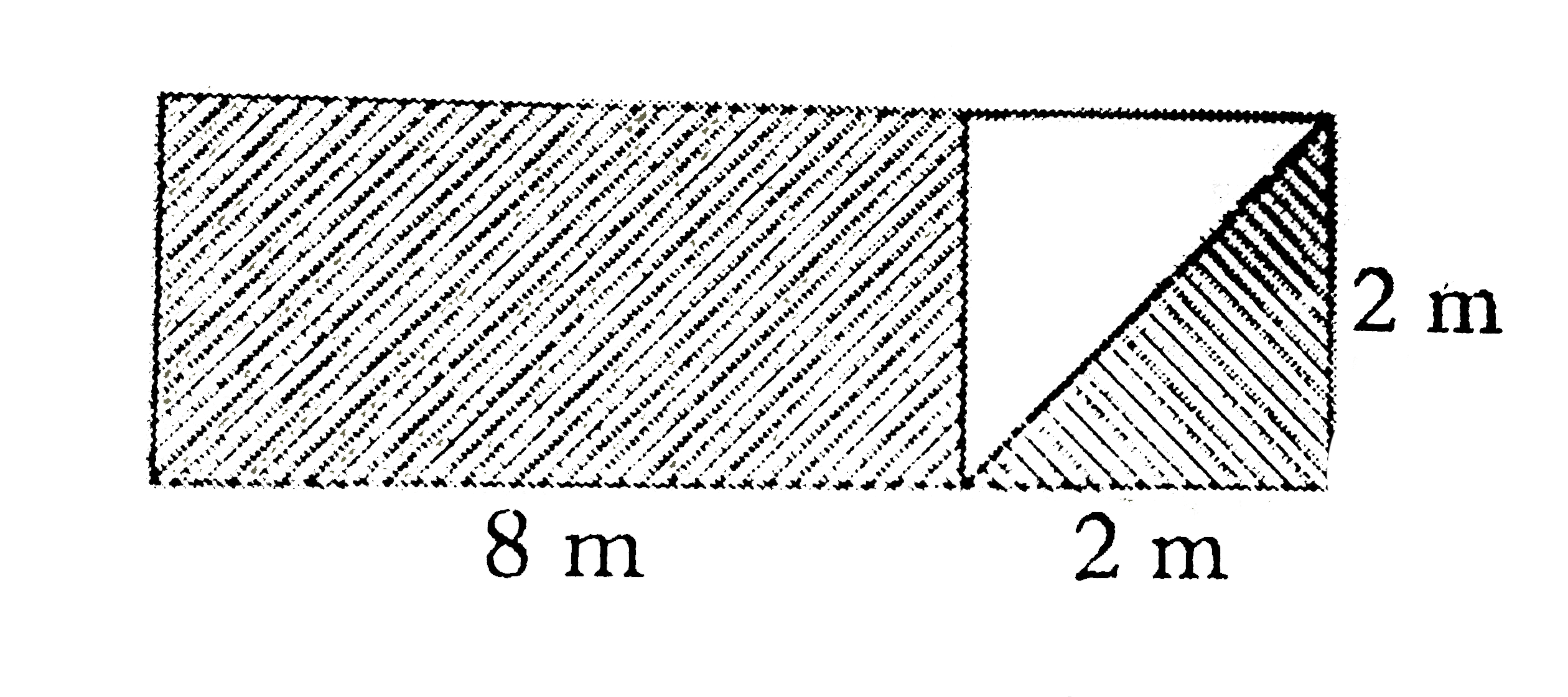Let X be a discrete random variable. The probaility distribution of X is given below:

The E (X) is equal to Solution in Punjabi
6
4
3
−5
The correct Answer is:B
Step by step video, text & image solution for Let X be a discrete random variable. The probaility distribution of X is given below: The E (X) is equal to by Maths experts to help you in doubts & scoring excellent marks in Class 12 exams.
Updated on:21/07/2023Topper's Solved these Questions
- PROBABILITY BOOK - ACCURATE PUBLICATIONCHAPTER - PROBABILITY EXERCISE - Questions Carrying Type -II ( FILL IN THE BLANKS QUESTIONS)
10 Videos
- PROBABILITY BOOK - ACCURATE PUBLICATIONCHAPTER - PROBABILITY EXERCISE - Questions Carrying Type -III ( TRUE OR FALSE QUESTIONS )
21 Videos
- PROBABILITY BOOK - ACCURATE PUBLICATIONCHAPTER - PROBABILITY EXERCISE - SAMPLE QUESTION PAPER -I ( SOLVED ) ( SECTION -D )
6 Videos
- MATRICESBOOK - ACCURATE PUBLICATIONCHAPTER - MATRICESEXERCISE - QUESTIONS CARRYING 6 MARKS
4 Videos
- RELATION AND FUNCTIONSBOOK - ACCURATE PUBLICATIONCHAPTER - RELATION AND FUNCTIONSEXERCISE - QUESTIONS CARRYING 1 MARK - TYPE-III
11 Videos
Similar Questions
A coin is tossed 4 times. The probability that at least one head comes up is :
View SolutionState whether it is ture or false: If A and B are independent events then P(A nn B) = P(A) + P(B).
View SolutionSolve the following system of linear equations by matrix method: 2x+3y+4z=4,x−2y−z=−2,3x−y+z=0
View SolutionIf A=⎡⎢⎣1−202130−21⎤⎥⎦,B=⎡⎢⎣72−6−21−3−425⎤⎥⎦ , find AB Also solve x−2y=10,2x+y+3z=8,−2y+z=7
View SolutionConsider the set A = {1, 2, 3} and the relation R = {(1, 2), (1, 3)}. R is a transitive relation.
View SolutionDetermine the point of symmetry of a regular hexagon.
View SolutionDtermine the images of the following figure about the given line :
View SolutionMatch the following Column A to Column B

View SolutionMatch the following Column A to Column B

View SolutionMatch the following Column A to Column B

View SolutionFind the area of figure given below.

View SolutionFind the perimeter of the figure given below.

View SolutionFind the area of the figure given below.

View SolutionThe area of the shaded part in the figure given below is ______.

View SolutionThe inequation represented by the graph given below is :
View SolutionThe inequation that best describes the graph given below is _________
View Solution
